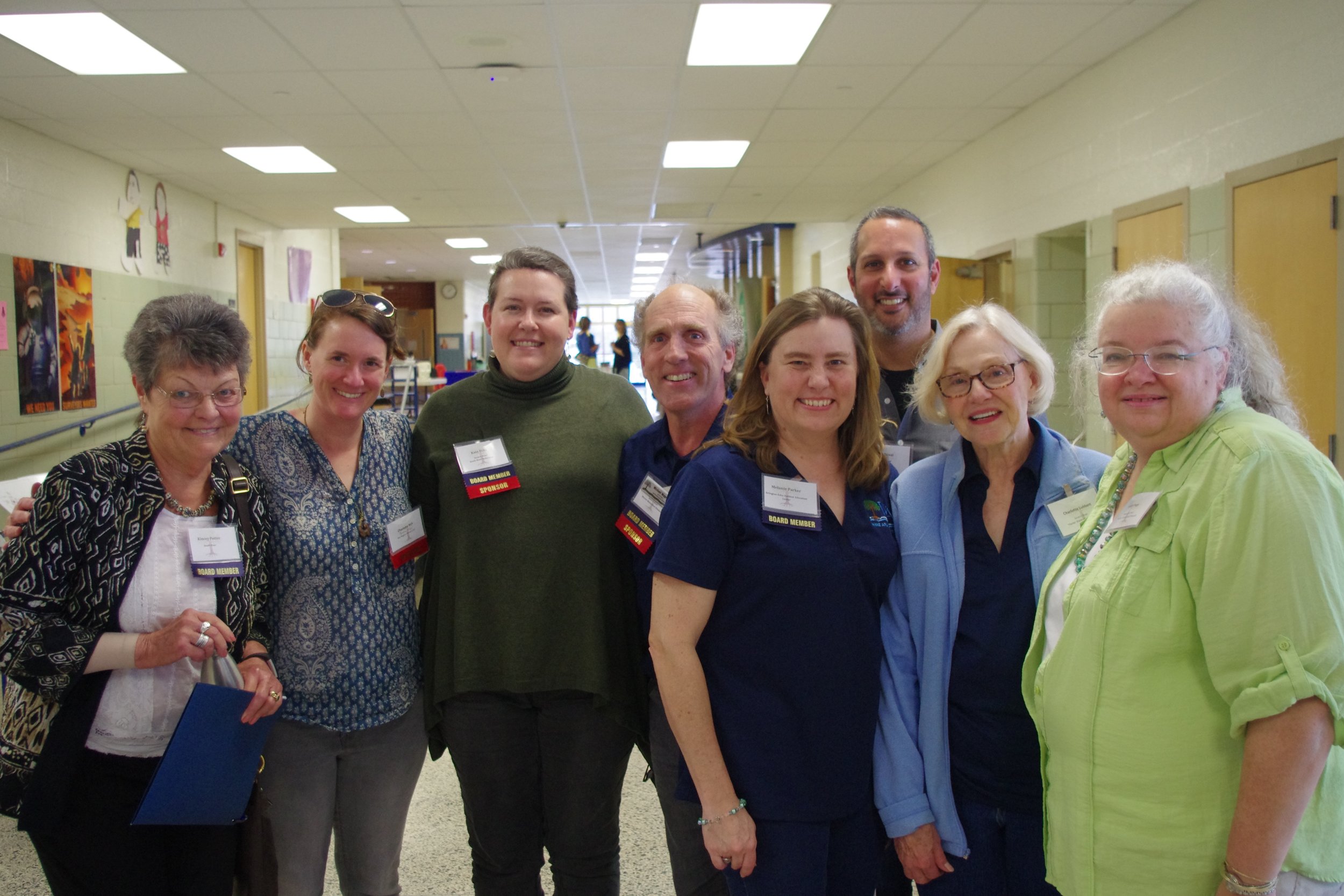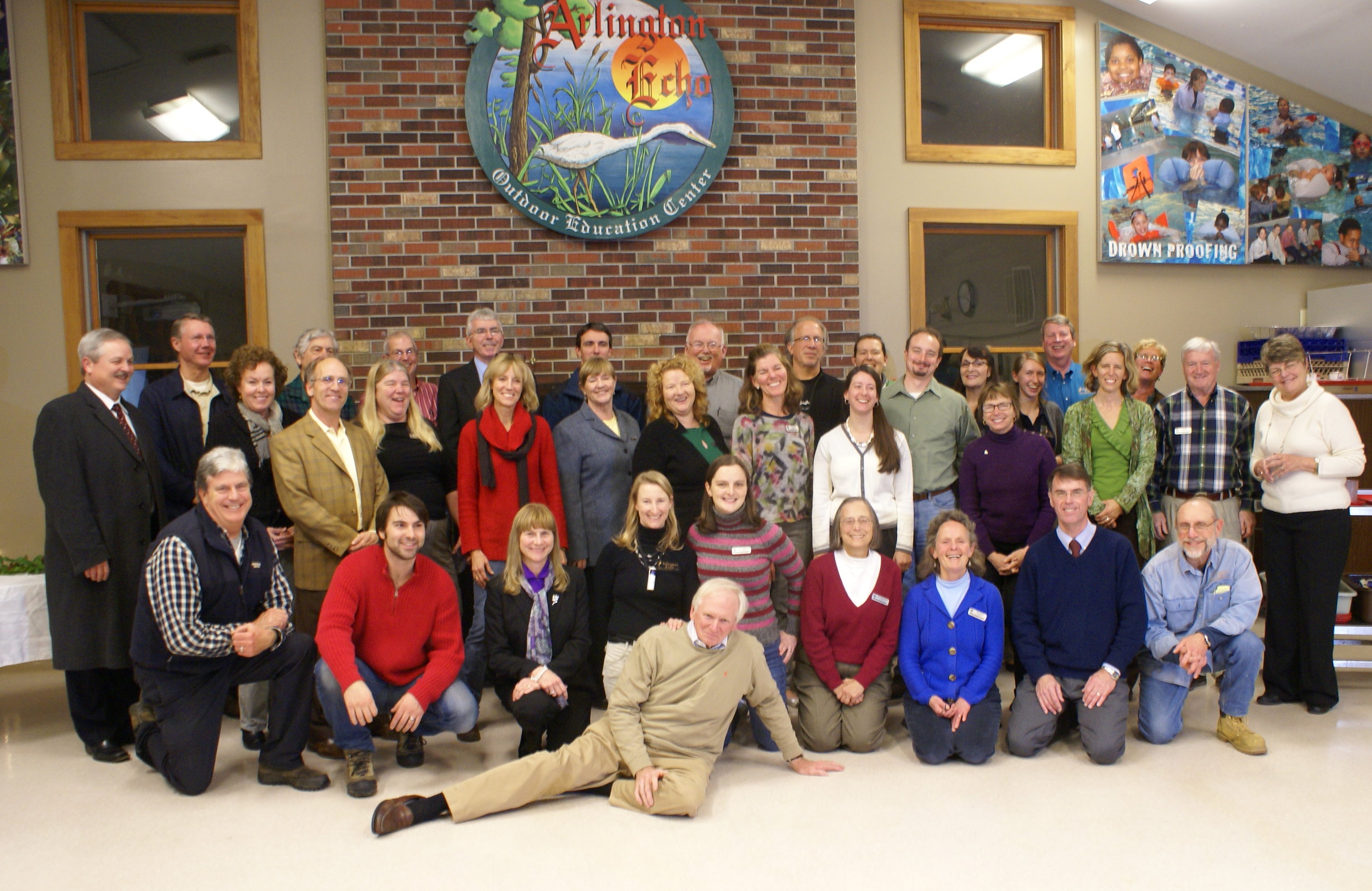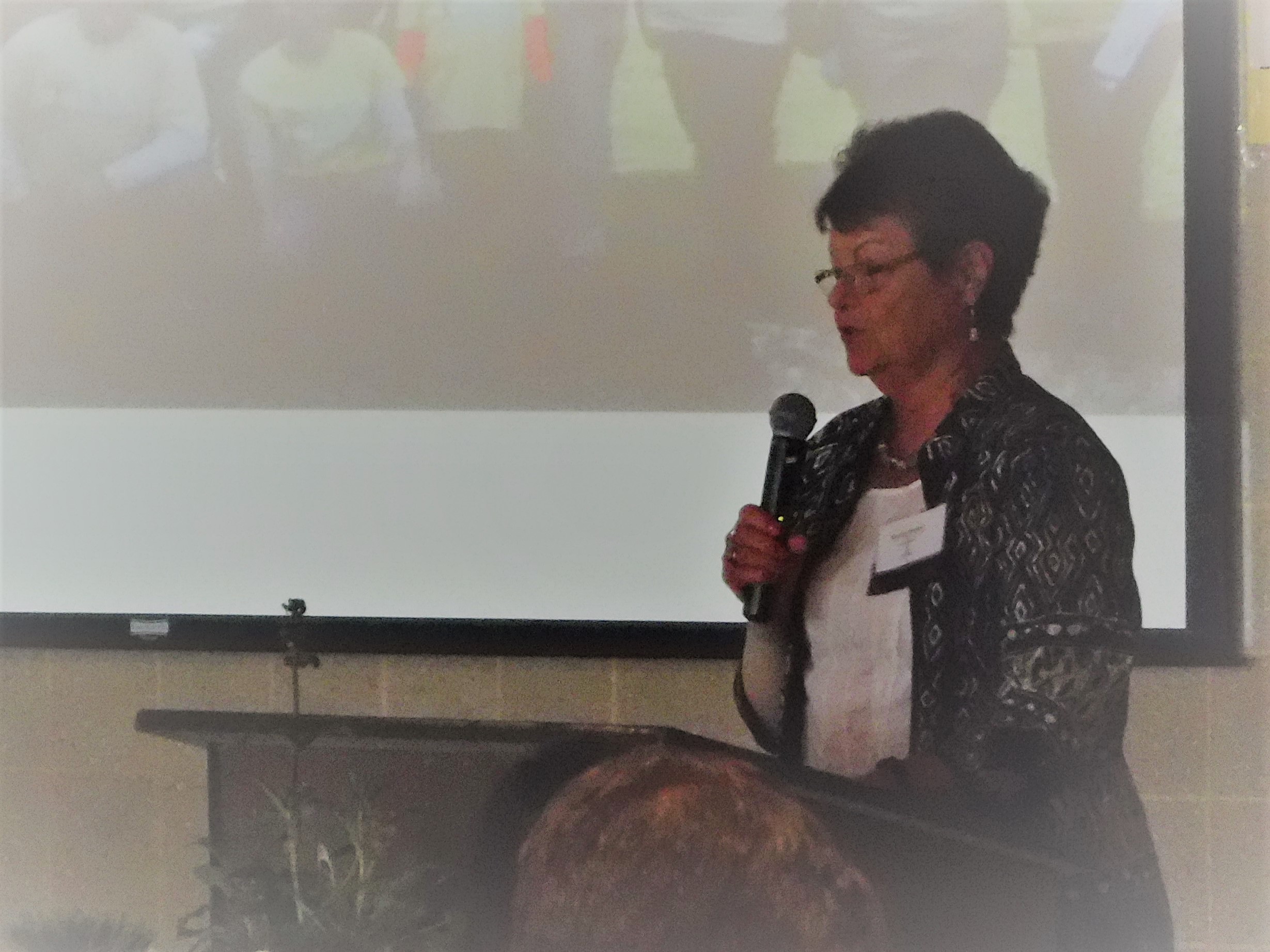Along with most of the environmental community in Anne Arundel County, I am weeping at the loss of my dear friend Kincey Potter and simultaneously so thankful to have had her in my life.
Kincey’s list of accomplishments and significant contributions to water quality in Anne Arundel County cannot be understated. So many local organizations—South River Federation, Anne Arundel League of Conservation Voters, String of Pearls, Watershed Stewards Academy—have benefited from her tenacity, vision and leadership. Kincey worked for years building political and popular support for a dedicated revenue stream for watershed restoration. When the Watershed Protection and Restoration Fee was implemented in 2013, and later challenged in 2015, she worked hard to organize speakers for public hearings, sat down with elected officials to discuss details, and later, celebrated the accomplishments of this program. You can read more here.
Kincey’s passion and tireless activism for clean water have had an impact on all the residents of Anne Arundel County. But I also want to share a bit about what Kincey meant to me personally. If you are lucky, you have in your life a person who tells it like it is, pushes you beyond your comfort zone and is 100% positive that you reach your goals. Kincey was that person in my life.
When I first shared the idea of WSA with Kincey back in 2007, I was so excited about this new model to engage communities and thought it was just the right compliment to the work of great watershed organizations like South River Federation. Kincey’s response was, “Well that sounds like a great idea, but you will never get people to commit to becoming Master Watershed Stewards.” Nevertheless, Kincey rolled up her sleeves and jumped right in. She served on the very first committees that designed the WSA Course and developed the Consortium of Support Professionals. Her experience with organizational development made her an instrumental part of the first WSA Advisory Board and it was her signature that graced the incorporation paperwork when WSA became a 501 c 3 organization in 2010. By the time the first class of Master Watershed Stewards graduated in 2010, she was hooked. Here we are 10 years later, with over 200 Master Watershed Stewards who have dedicated themselves to making their communities healthier and their streams cleaner. It is certainly not an understatement to say that WSA would not be what it is today, if not for Kincey.
Starting a non-profit is hard work, and there were many bumps along the way. Through it all, Kincey’s faith in WSA and her faith in me never waivered. She was not deterred when a task seemed daunting, and never, ever gave up. As the first WSA Board Development Chair, Kincey mentored our organization, and me in particular, through engaging individuals and corporations in the mission of WSA through financial support. She led by example, she gave, and she invited others to give.
Most of all, she admired the work of Watershed Stewards. Kincey has always been an action-oriented leader, and firmly believed that less talk and more action, whether for in-ground projects or implementing strong environmental policies, is the winning formula. I think this is why she resonated so strongly with WSA.
In Kincey’s honor, please join with me in taking action today: pick up some dog poop, talk to someone about stormwater, pull some invasive plants, give to your favorite environmental organization. Kincey knew that all actions, big and small, can make a difference. Join me in celebrating the memory of this amazing leader, mentor, and friend by taking action today!
Suzanne
















